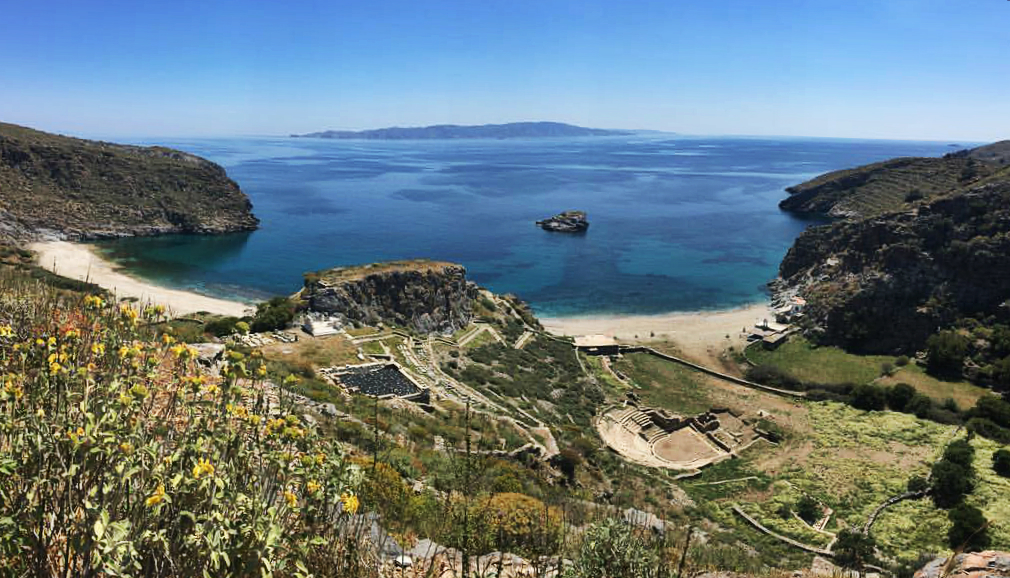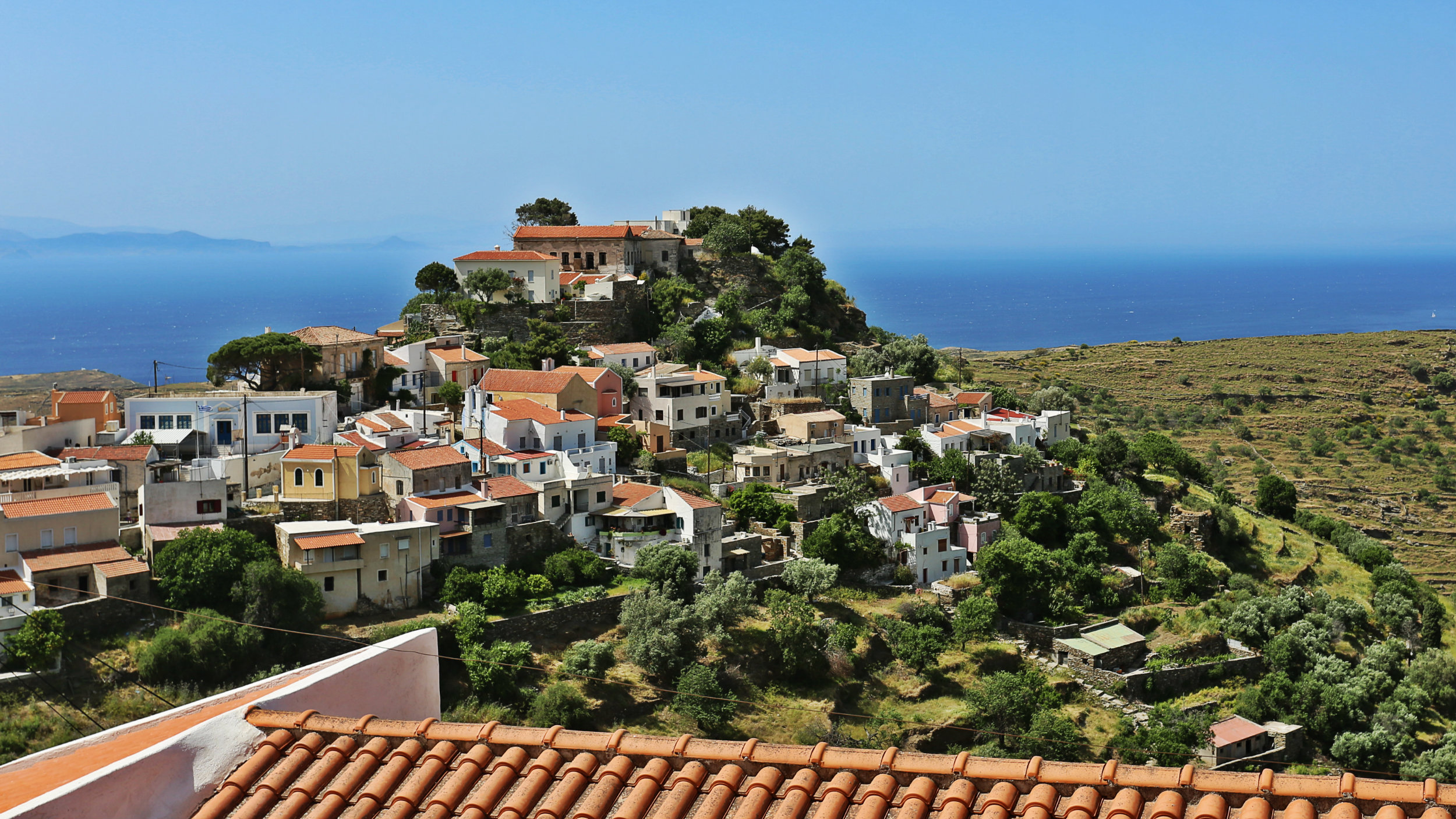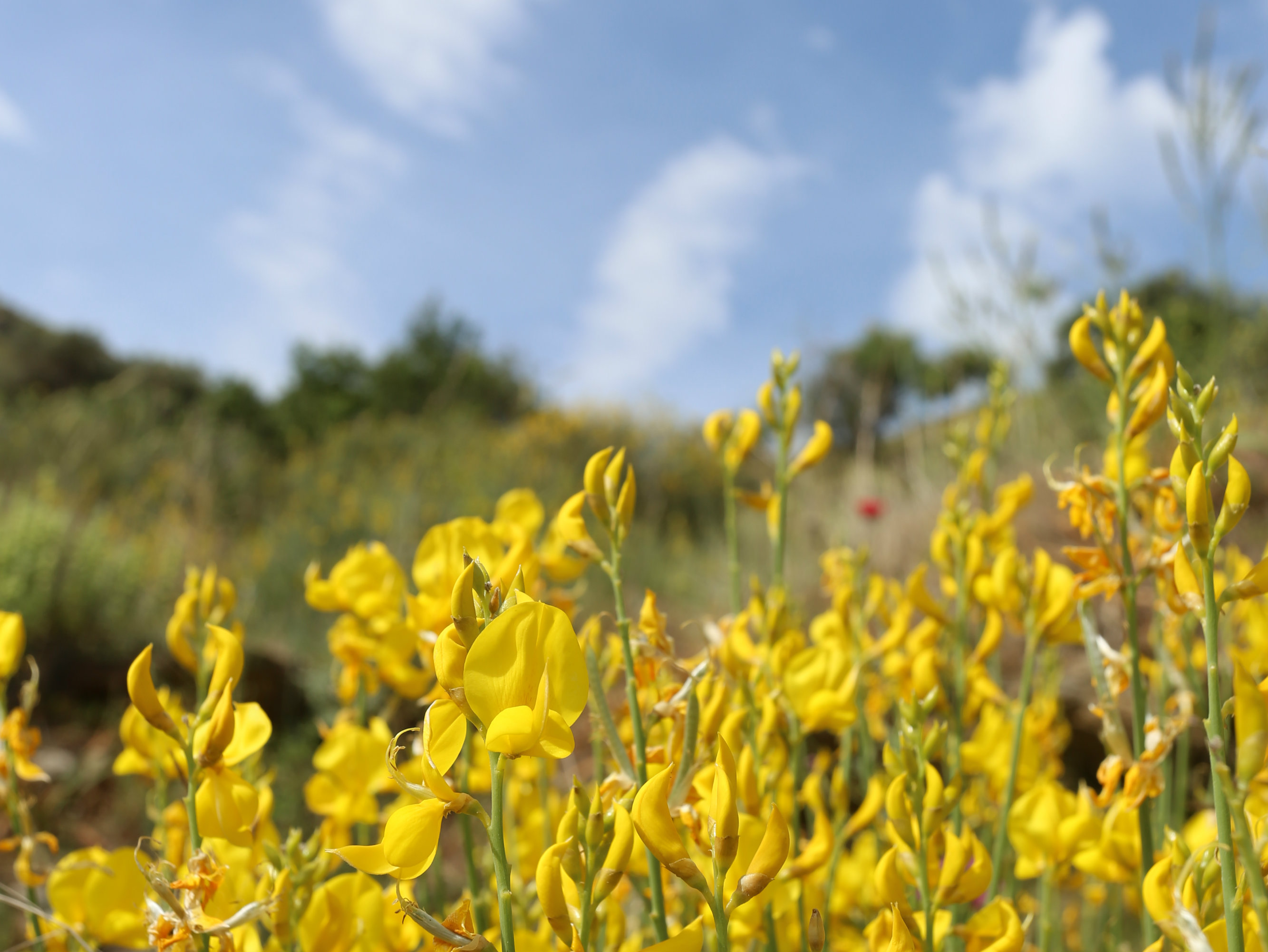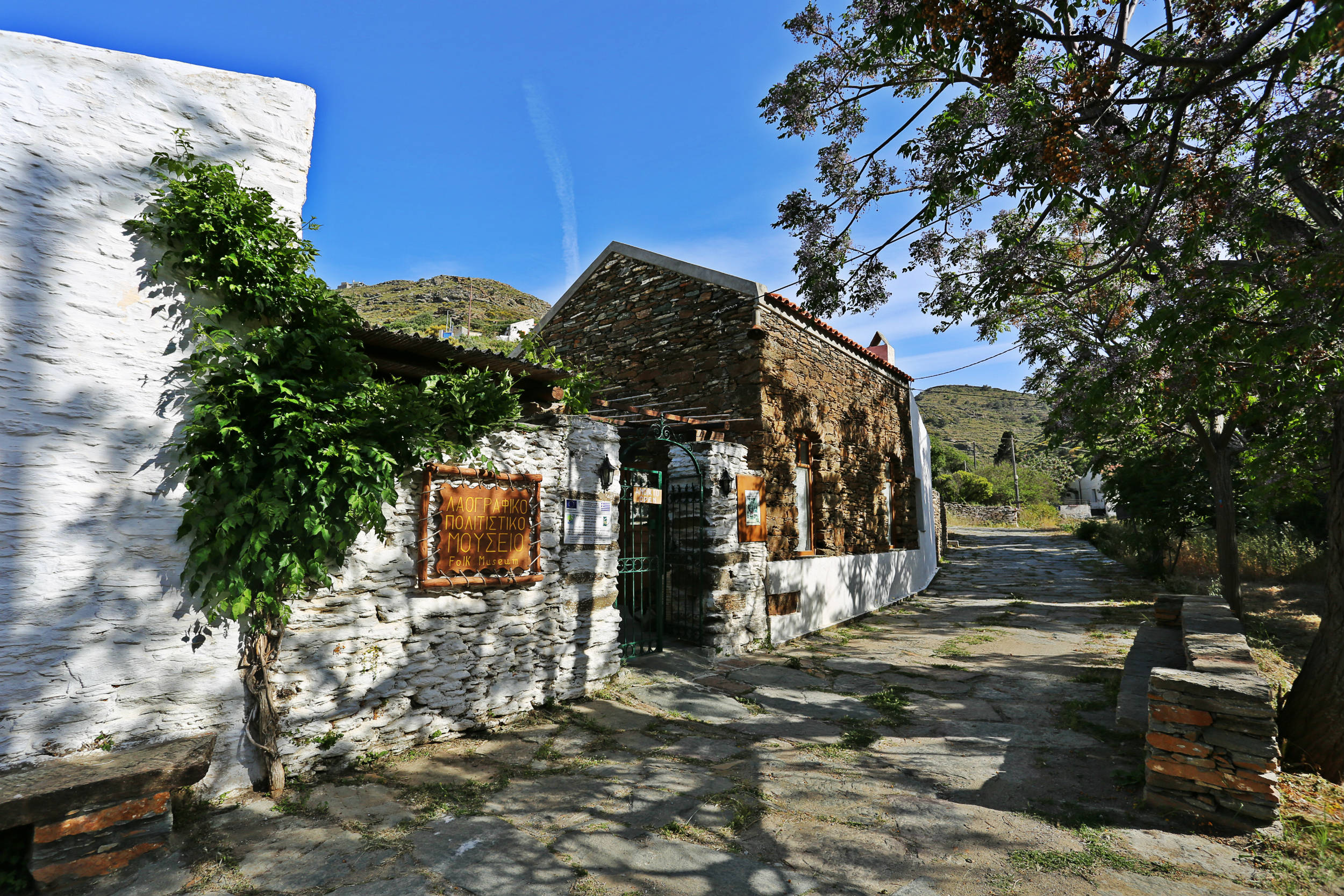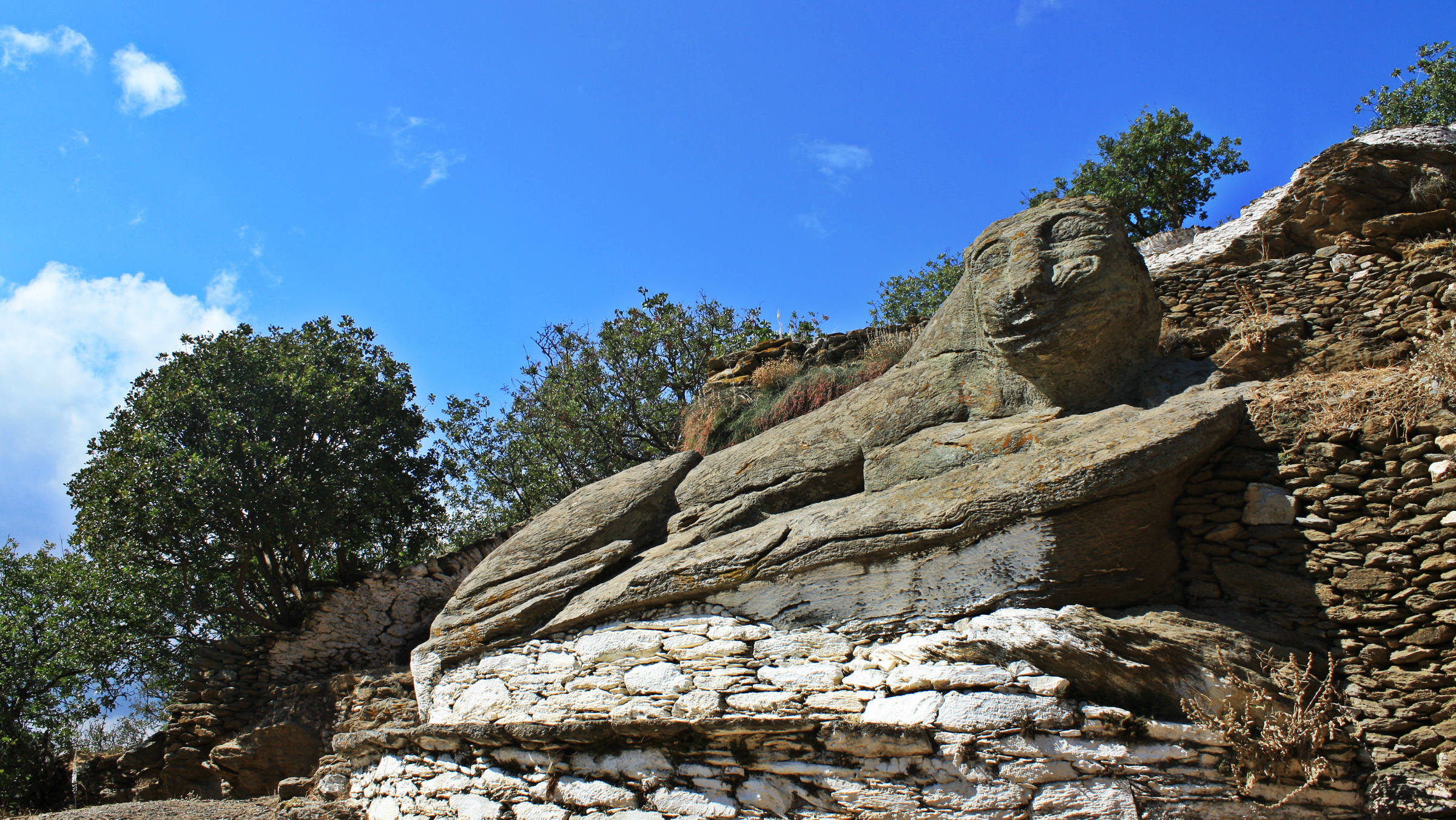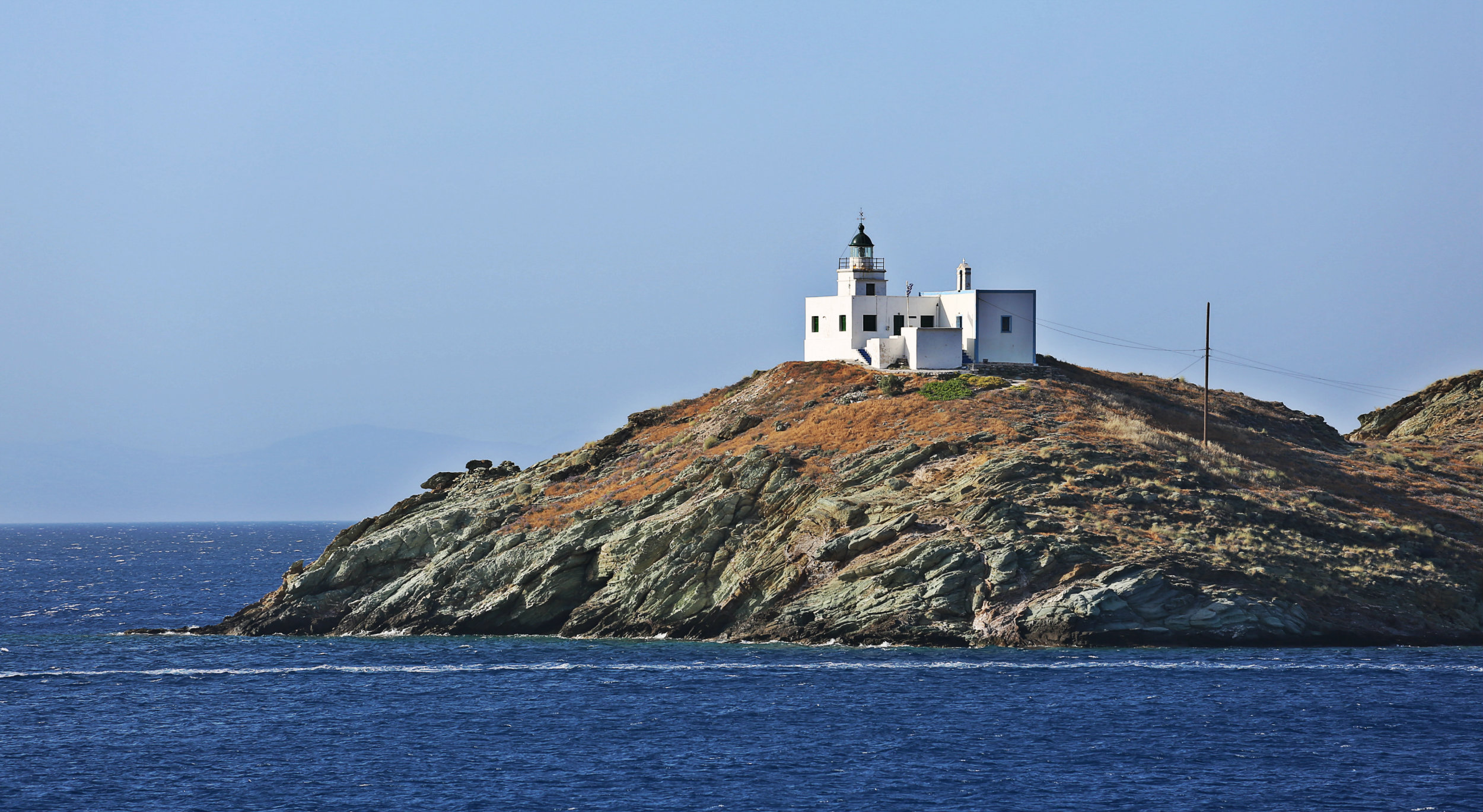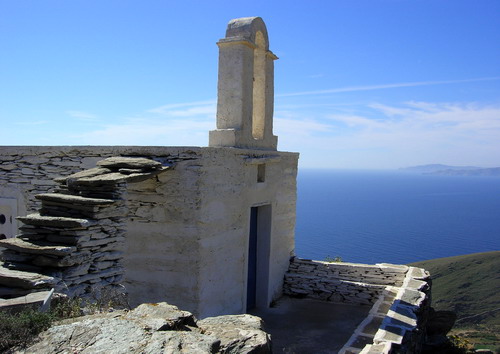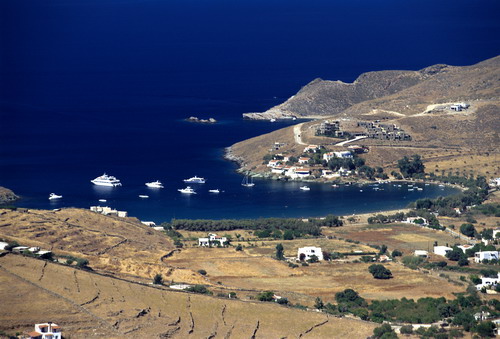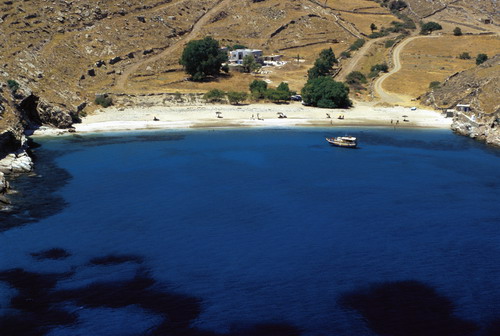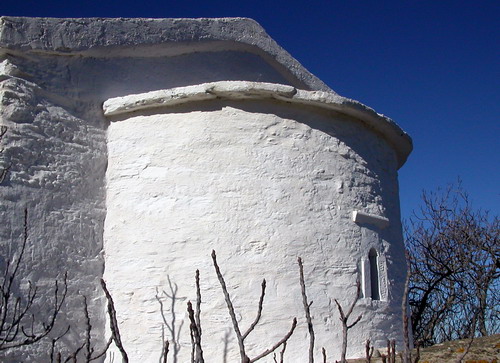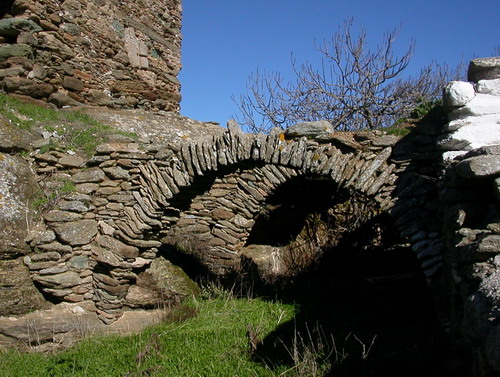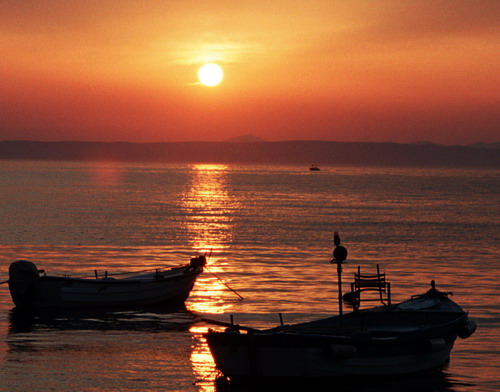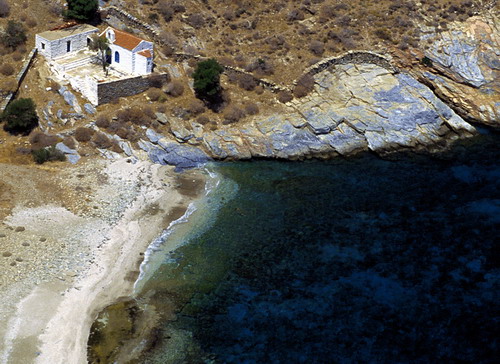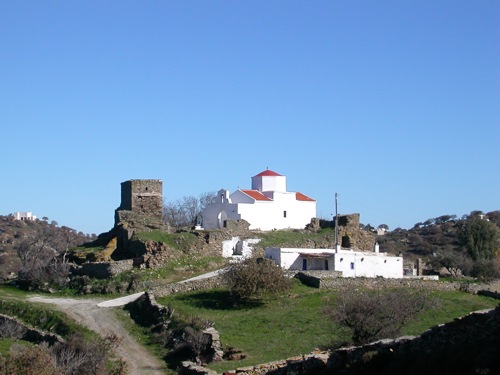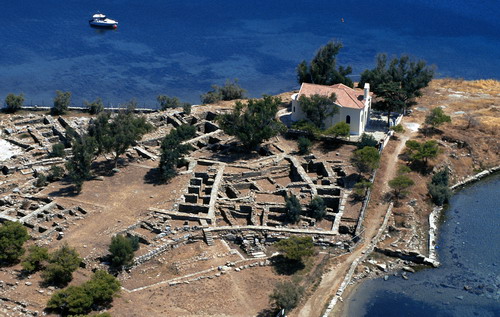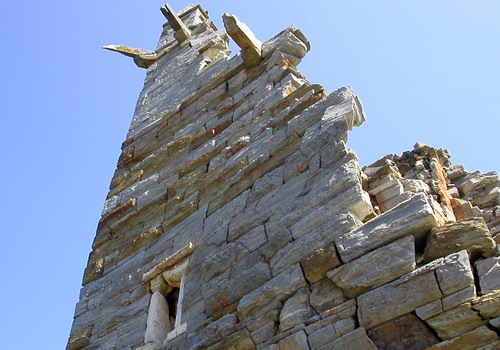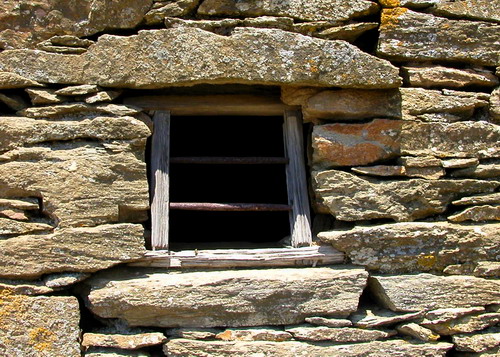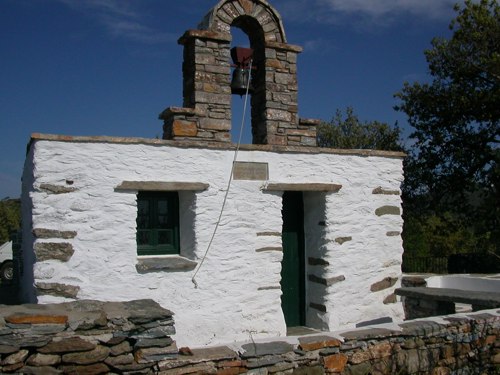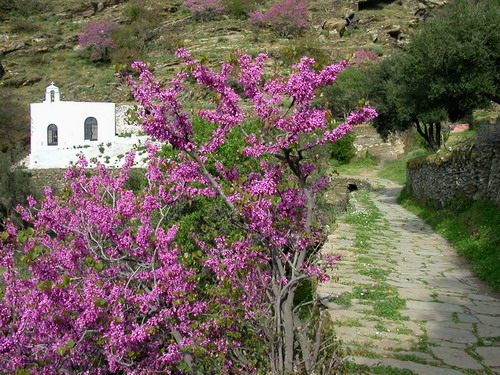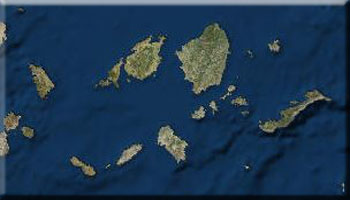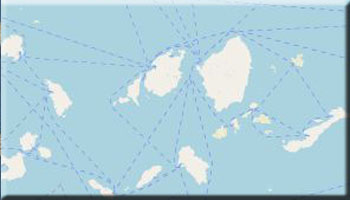Kea or Tzia as the island is also commonly known, is the westernmost island of the Cyclades group. Its shoreline is 85 kilometers and its surface area covers 131 square kilometers.The port is just 40 miles from Piraeus and 16 miles from Lavrion, making it the closest island the Cyclades group to Athens. There are daily sailings from Lavrion, and travel time is about one hour. There are also boat connections to Syros and Kithnos from the island.
Kea stands out for its rich flora. Visitors can admire its woods of royal oak, one of the few remaining oak woods in the Aegean. Acorn oaks grow in the central and eastern parts of the island. The island claims 16 of the 1,300 plant species endemic to Greece. Five of these have been designated rare, and southeastern is protected under the Natura 2000 program.
Wild orchids, medicinal herbs, aromatic shrubs, rare mushrooms, multicolored lichens, chestnut trees, maples, Phoenician junipers, terebinths, Judas trees, crocuses, irises, bellflowers, anemones, wild roses, hyacinths, wild gladiolas, asphodels, and Spanish broom carpet the island, creating a unique palette of colors and perfuming the air with their fragrances to the delight of all nature-loving visitors and inhabitants.
Kea's coast curves into small bays and coves; it's also riddled with sea caves. The expansive Ayios Nikolaos Bay, one of the Mediterranean's largest natural harbors, is on the island's northwest coast while Otzias, on the east, is open to northerly winds. Harbors on the island's northwest are at Koundouros, while there is also anchorage at Poles and Spathi coves on the eastern coast and Poisses on the western coast. The seabed off the coast is carpeted by large fields of marine seagrass or Posidonia.
In mythology, Kea was known as Hydroussa because of its plentiful water and thick vegetation. Its woods were said to be inhabited by Nymphs, who abandoned the island, prompting Sirius, the brightest star in the sky, scorched Hydroussa and the other Cyclades and transform them into a barren landscape. The arid conditions and barren terrain forced the island's inhabitants to seek help from the demi-god Aristaeus of Thessaly, a son of Apollo and the Nymph Cyrene. The gods were appeased by the offerings made by Aristaeus and the waterlessness became less harsh. Since then, northerly winds known as meltemia blow over the islands for forty days when Sirius's constellation, the Big Dog, is visible.
Kea is named after the hero Keos, also a son of Apollo but with the Nymph Rhoedessa. Keos is believed to have lived on the island in the early eleventh century B.C. Finds from excavations at Kefalas suggest Kea has been inhabited since Neolithic times. Traces of prehistoric human habitation have been found on the Ayia Irini peninsula and at the village of Vourkari.
From the Bronze Age through the end of the Mycenaean period, the settlement at Ayia Irini made its mark on history and Early Aegean Civilization: in the sixteenth century B.C., Ayia Irini served as the hub between the Minoan and Mycenaean worlds, emerging as an important center for trade and culture.
The Ionians' arrival during the Archaic period led to the founding of the cities of Ioulis, Carthaia, Coryssus, and Poiessa, which also flourished, economically and culturally. Kea was famous for its political system, which caught the attention of Aristotle and is described in his "Keion Politeia".
The lawmaker Aristides, one of the seven sages of ancient Greece and known for his strict, model legislation, hailed from Kea. One of these laws was titled "Keion to Nomimon", according to which any citizen whose intellectual faculties and physical abilities were no longer beneficial to society should die. Thus, anyone over the age of seventy ended their own lives by drinking conium (or hemlock) from the mandrake. This practice ended in the third century A.D. as the population converted to Christianity.
From the dawn of the Byzantine Empire, Kea was included in the eparchy of Hellas and came under the administration of the Eastern Roman state. The independence of the island's four cities ended with the Roman empire, and Ioulis became Kea's sole center of culture.
Under Venetian rule, the acropolis of ancient Ioulis was fortified, while during the rule of the Justinian and Venetian dynasties (1207-1566), Kea was conquered successively by various Latin rulers.
It was during Venetian rule that the island became known as Tzia. In 1537, the island fell to the Turks; it subsequently suffered great destruction during the Russo-Turkish War.
Kea took an active part in the Greek war of independence, following the 1821 revolt, and officially became a part of the Modern Greek State in 1830.
The prehistoric settlement at Ayia Irini. The ruins of the prehistoric settlement at Ayia Irini can be seen on the northern side of the Ayia Irini peninsula. The site was inhabited from Neolithic times through the 15th century B.C. when, according to historical sources, it was destroyed by a severe earthquake.
Ancient Carthaia. Carthaia was one of four cities that flourished on Kea in antiquity. The most important ruins in the area are:
- The fifth-century-B.C. temple of Apollo marked by six decorated columns
- The temple of Athena, built in the late sixth century to early fifth century B.C. Fragments of a sculptured pediment with scenes from the battle of the Amazons have been unearthed at the site.
- Ayia Marina Tower. The Tower of Ayia Marina is located in Kea's interior, between the sites of ancient Coryssus and Poiessa. It was built during the Hellenistic period and is a typical example of a detached fortified tower.
- The Monastery of Panayia Kastriani perched on Kastri hill.
- The Lion of Tzia sculpted into a rock over Ioulida. The lion figures in a number of local legends.
- The restored stone windmills at Koundouros.
- The Town Hall at Ioulida, a neoclassical building erected in 1902 and decorated with ceramic sculptures of Apollo and Hermes.
- The public school at Ioulida, a neoclassical building designed by the Bavarian court architect Ernst Ziller.
- Paintings by Alekos Fassianos on one of the shelters in the capital's main square.
- The acropolis of ancient Ioulis with visible ruins of the temple of Apollo and medieval fortifications added in the 13th century.
- At Otzia: Otzia, Ladous
- At Vourkari: Three sand beaches
- At Panayia Kastriani: Spathi
- At Korissia: Xyla, Yialiskari
- At Koundouros (Nirissos), south of Tzia: Koundouro, Ayios Aimilianos, Kambi, Liparo, Bouri, Frear, Hilomodou, Panayitsa, Ligia
- On the island's northeastern coast (Panomeria): Spathi, Kalydonyhi, Psathi, Orkos
On New Year's eve, Cultural Association members perform traditional carols from the island, accompanied by two folk instruments-the tsambouna and the toubou.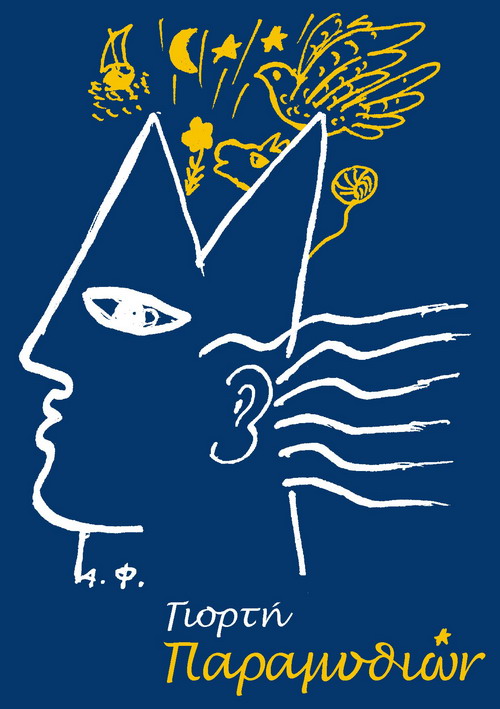
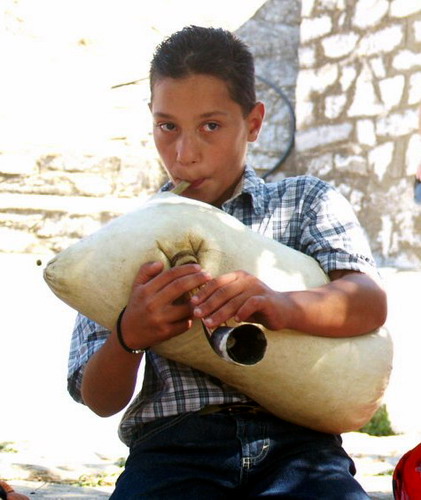
- During the carnival preceding Orthodox Lent, costume balls, games, and clown shows are organized to entertain locals and visitors. Events climax in the last week of carnival with a parade through Ioulida and theater performances satirizing local traditions. Guests are treated to local wines, souvlaki, and rice pudding, courtesy of the municipality.
- The observance of the feast of Ayios Haralambos, the island's patron saint.
- The Feast of the Fairy Tales, an event organized to highlight local myths and folk tales.
- The Simonideia, a program of cultural events (theater, concerts, sports competitions).
- The paniyiri (religious and folk festival) in observance of the Metamorphosis Sotiros (Transformation of the Savior) on August 6 at Pisses.
- The August 15 paniyiri in observance of the Dormition of the Virgin.
- The paniyiri in observance of the feast of Ayios Sozon at Otzia on September 7.
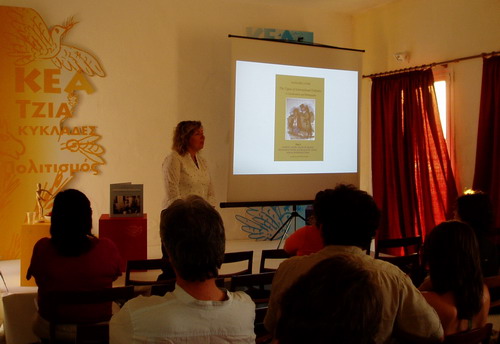 | 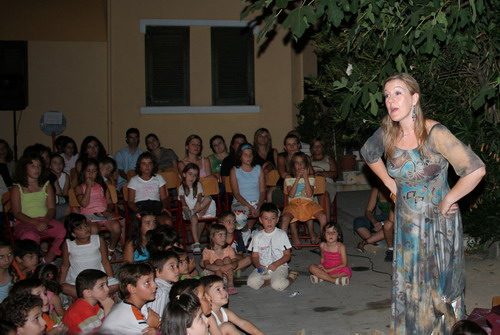 | 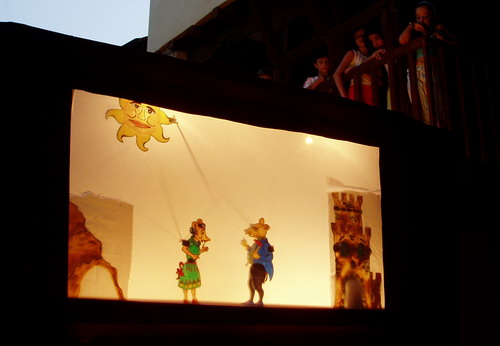 |
| MUNICIPALITY OF ΚΕΑ | 2288360000 |
| CITIZENS SERVICE BUREAU (KEP) | 2288021150 |
| MEDICAL CENTRE | 2288022200 |
| PORT STATION | 2288021344 |
| POLICE STATION | 2288021100 |
| TRAVEL AGENCY OF KEA | 2288021500 |
| BUS STATION | 6938996126 |









